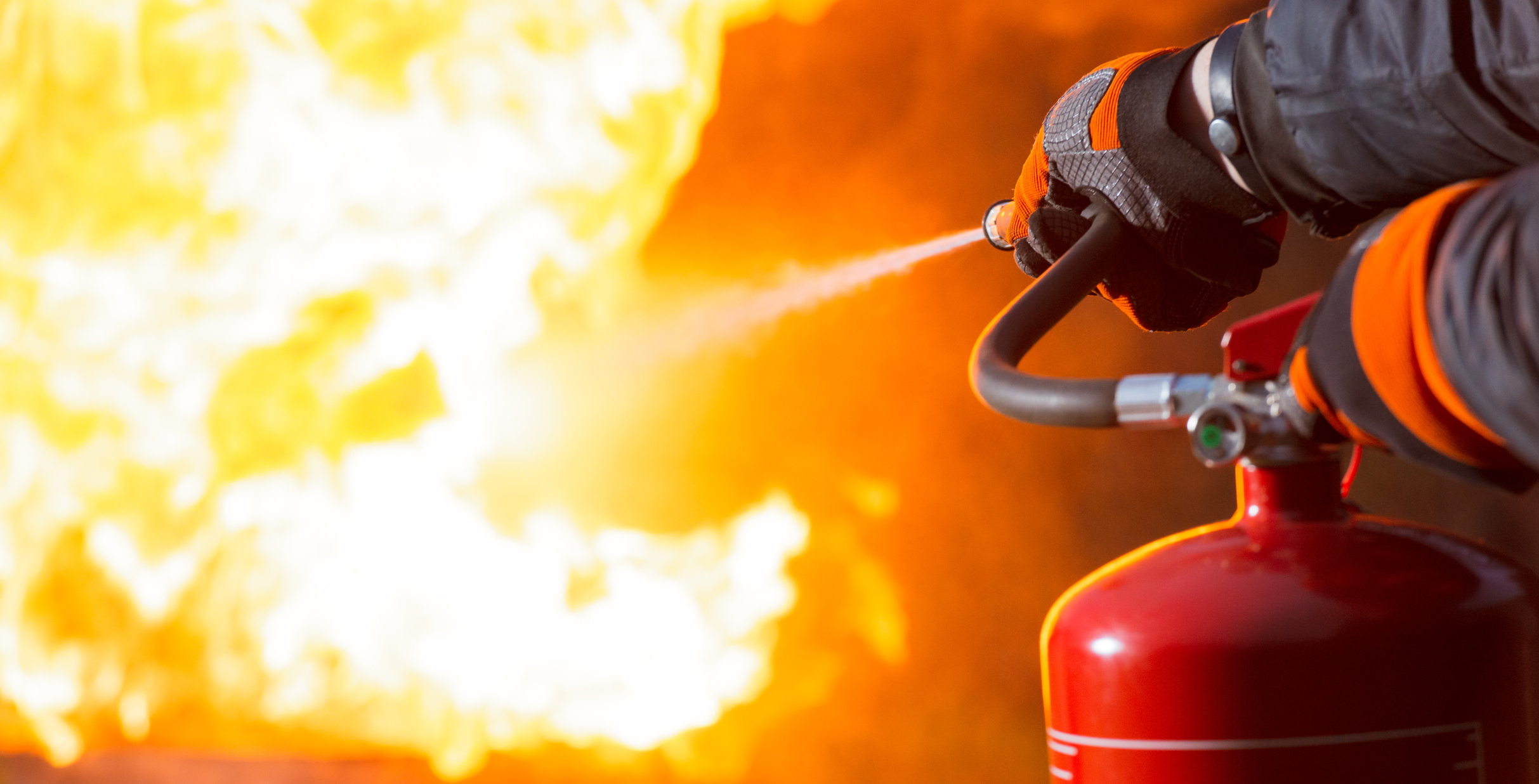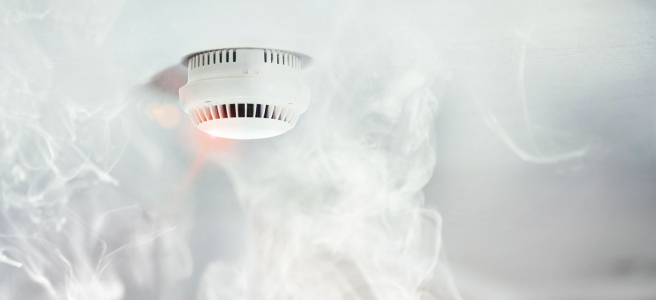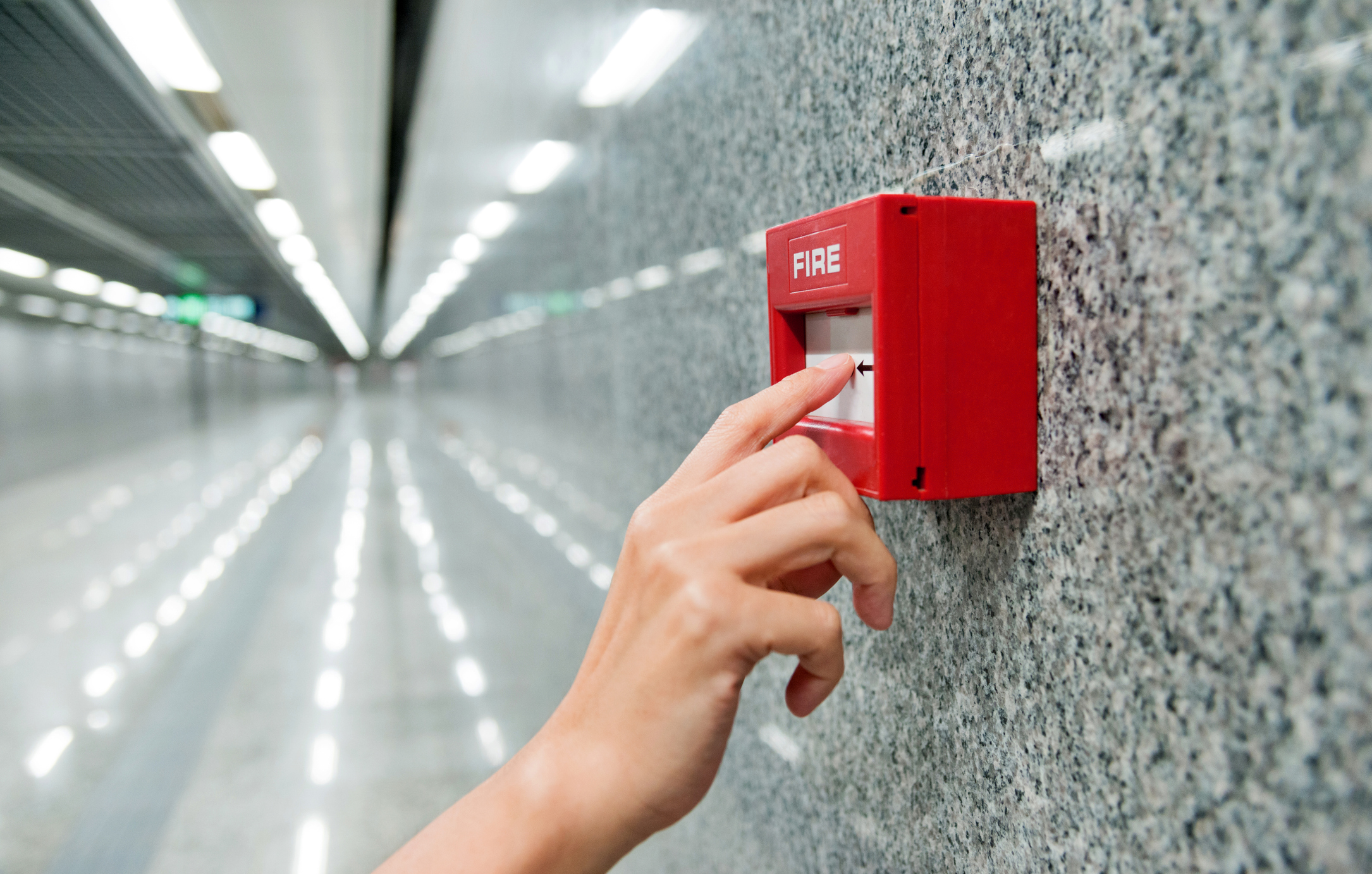
Which Extinguisher Should You Not Use to Put out a Flammable Liquids Fire?
Fire Classes
Fires are classified into several categories based on the fuel that’s burning. Class A fires involve ordinary combustibles such as wood, cloth, and paper. Class B fires are those that involve flammable liquids such as petrol, oil, and solvents. Class C fires are electrical fires, which involve energised electrical equipment.
Other classes include Class D, for combustible metals, and Class K, for cooking oils and fats in kitchens. Class B fires are particularly hazardous because the liquids involved can spread rapidly and are often highly volatile.
Types of Fire Extinguishers
There are several types of fire extinguishers available that are designed to combat different classes of fires. Their unique properties allow for fast and potent fire suppression, helping to calm all types of fire. The different fire extinguishers include:
- Water extinguishers are effective on Class A fires.
- Foam extinguishers can be used on Class A and B fires.
- Dry powder extinguishers are versatile and can be used on Class A, B, and C fires.
- CO2 extinguishers are suitable for Class B and C fires.
- Wet chemical extinguishers are primarily designed for Class F fires but are suitable for Class A fires, too.
Each extinguisher uses a different substance to smother or chemically halt the fire, and understanding these differences is key to selecting the right one in an emergency.
Which Fire Extinguishers Shouldn’t Be Used on Liquids?
Water extinguishers should not be used on flammable liquid fires (Class B). The reason for this is that water is denser than most flammable liquids and sinks below them. Instead of smothering the fire, the water can cause the burning liquid to spread, increasing the fire’s area and intensity. If the liquid is hot enough, water can turn to steam explosively, propelling the burning liquid even further.
Which Fire Extinguisher Should You Use on Liquid Fires?
For Class B fires, the most effective extinguishers are CO2, dry chemical, and foam. They work in the following ways:
- CO2 extinguishers work by displacing oxygen around the fire, suffocating it without leaving any residue.
- Dry chemical extinguishers release a fine powder that interrupts the chemical reaction of the fire.
- Foam extinguishers cover the fire in a foam blanket, cutting off the oxygen and preventing the vapours from rising and feeding the fire.
These extinguishers are specially formulated to tackle the unique challenges posed by flammable liquids, making them the safest choices for these types of fires.
Using a Fire Extinguisher Safely
Learning how to safely use a fire extinguisher is incredibly important, as you may be expected to use it in an emergency. The PASS technique – Pull the pin, Aim the nozzle at the base of the fire, Squeeze the handle, and Sweep the nozzle from side to side – should be employed. Safety is paramount when using extinguishers, so never turn your back on a fire – even if it appears to be extinguished – and maintain a safe distance.
What to Do If You Don’t Have the Right Extinguisher
If the correct type of extinguisher is not available, then you don’t have the right tools to combat the fire. In instances such as this, you should focus on moving away from the fire rather than trying to stop it. Evacuate the area immediately and call emergency services, as they will have the right tools for the job. Never use an inappropriate extinguisher, as it can exacerbate the fire and increase the risk of further damage.
Maintenance and Inspection of Fire Extinguishers
Regular maintenance, servicing and inspection of fire extinguishers are essential to ensure they’ll function when needed. Check for signs of damage or corrosion, ensure the pin is intact, and verify that the pressure gauge reads in the operational range. Training and familiarity with the types of extinguishers available in your home or workplace can be lifesaving in an emergency.




